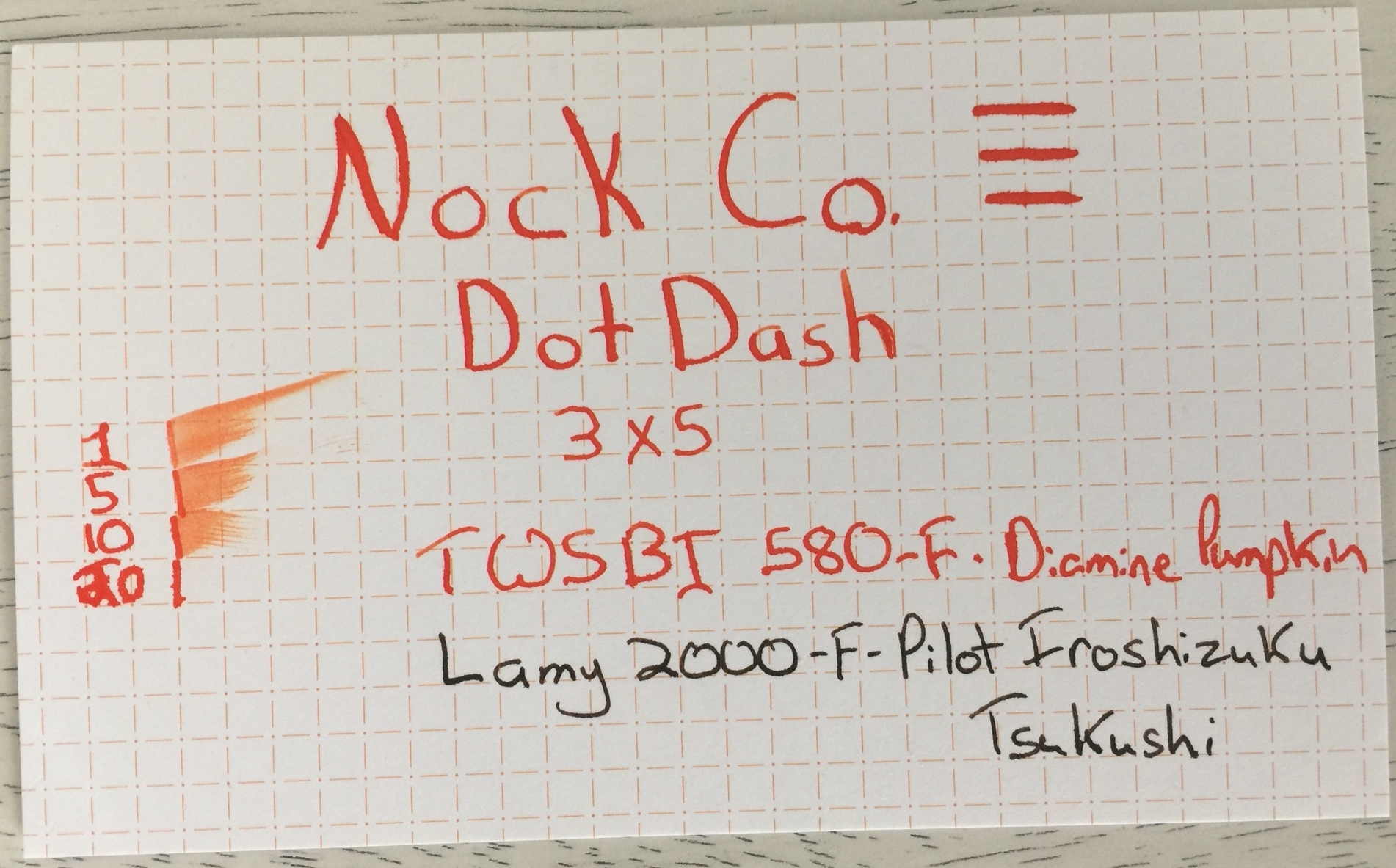I've had a hard time wanting to write about pens lately. Despite all of the new cool stuff that's floating around my messenger bag, I just can't bring myself to do it. I promise that I'll return to posting about the latest and greatest in the pen world, cool notebooks, and pen cases, but not today. Today I want to talk about us. Not just us as members of the pen community, but us as human beings, as brothers, sisters, mothers, fathers, and lovers.
I met my partner nearly two years ago. I used to hate the term "partner." It felt like a term that people used to be politically correct or safe. This was all before I knew what it meant to truly have a partner. It took 26 years to build up the courage to pursue someone of the same gender, but it got to the point where I could no longer continue to push the painful sense of settling back into the pit of my stomach. Just like with many of you, our relationship began online. From the first day that we started talking, I knew that I had to meet him. And so I did. It was such an awesome first date that I came out to my parents the very next day. I would say that it was one of the hardest things that I've ever had to do, but that would be a lie. It was a telephone call. It took a little while, but eventually my parents came to terms and accepted it, because they've always accepted me. It's never something that I've ever had to question about them. There were no laws threatening me with severe punishment or death. I didn't have to deal with religious bigotry that some in many countries, even the U.S., have to contend with. I work for an organization that is on the cutting edge of acceptance. My parents still supported me. I had it easy, yet it took me nearly three decades to take the step.
I underestimated what coming out actually meant. I assumed that it meant telling your parents, friends, and maybe a few coworkers and calling it a day. It's actually a set of choices that must be made everyday. It's how you respond when someone asks if you're married or have a girlfriend. It's whether or not you choose to hold your partner's hand in public, or even dare to walk too closely next to him. It's telling your neighbor that you're not actually brothers, even though that's how he continues to refer to you. It may even be as stupid as choosing to watch The Devil Wears Prada, while traveling alone on a plane as a 28 year old man, even though someone else might be able to see the screen. These are daily choices, and I have to admit that I've been pretty terrible at making the right ones.
I could feel my face flush when starting this post. As a naturally anxious person, even the thought of doing something that makes me stick out makes me cringe. It becomes incredibly easy to lie through omission or inaction. There's a fantastic video about the consequences of sneaking, of not being truly ourselves and hiding from those who might be critical or disapproving. I can't help but relate to the main character. Sneaking once or twice may not be such a big deal, but choosing to act in an attempt to solely please others is toxic to the psyche. More importantly, it's unfair. It's unfair to loved ones, but it's also unfair to ourselves. Instead of taking risks or being truly ourselves, we hide, we play it safe, and we lose more and more of what actually makes us worth knowing. I say "we" because I know that I'm not the only one, and it isn't just about sexuality. It happens in almost all walks of life, across gender, races, religions, and even nerdy hobbies.
And the worst part is that there are people out there who will ridicule, judge, or even kill you, for almost anything that makes your somewhat different than the norm. People even deal with harassment in the pen community. Trolls shout the loudest, so it's easy to think that they represent the majority. They don't. It's easy to let them shout you down into a place of deep despair. These people aren't worth your time. Find comfort in those who love you, but don't strive for the approval of those who will only love a certain version of you. And don't wait. Don't wait to pursue what you love or whom you love, and don't wait to be unapologetically yourself.
Times of great tragedy remind us of the incredible power of human compassion. More importantly, they remind us that, despite the trolls of the world, we are constantly surrounded by allies who are willing to step up in times of need. I have to remind myself of this at times, that these allies are always there. Sometimes it can be hard to do, especially at times when the world seems so ugly.























